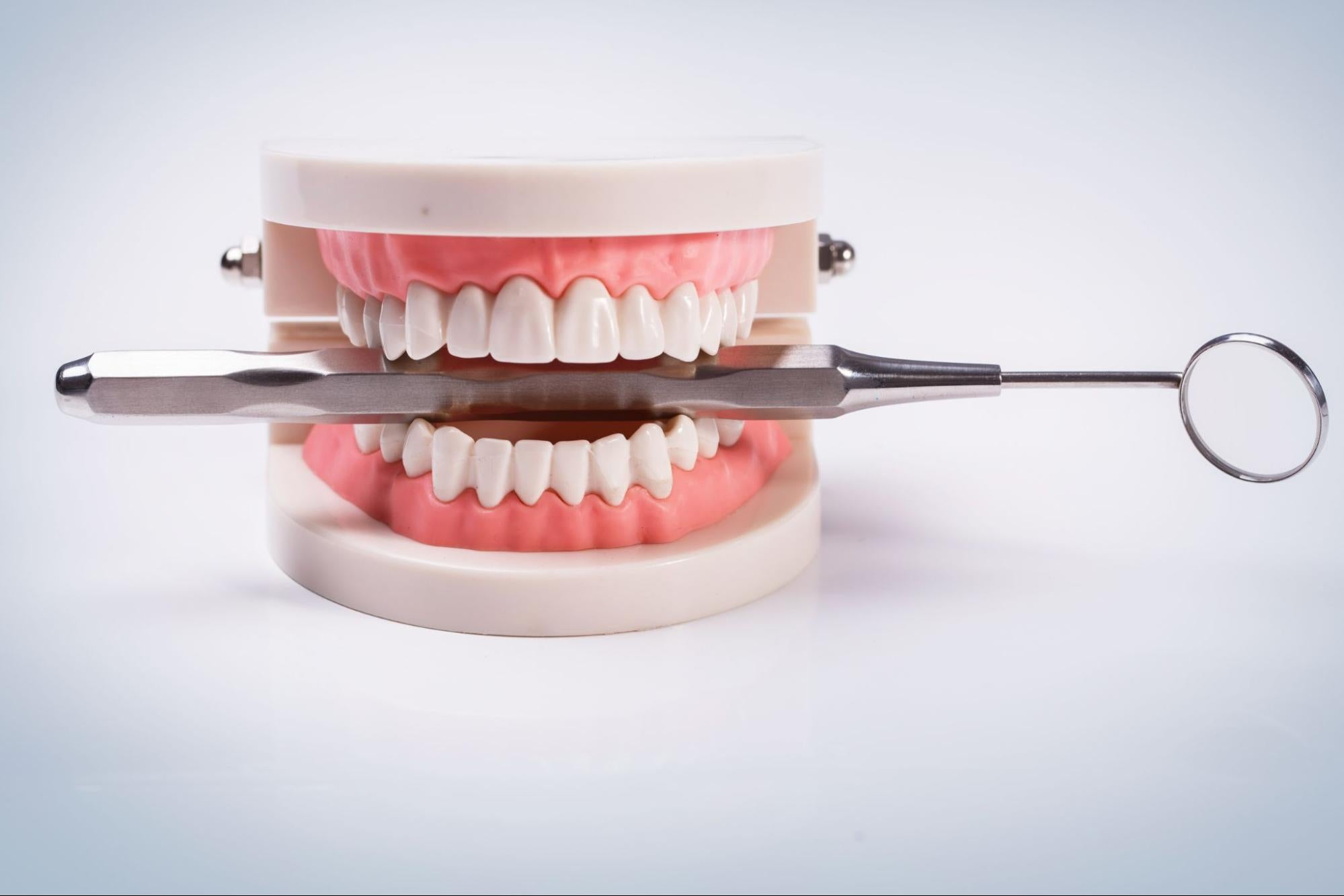
Equip Your Practice: Understanding Dental Implants for Patient Success
The rise of dental implants has revolutionized how dentists approach tooth replacement. Offering patients a natural-looking, long-lasting solution for missing teeth, implants have become a cornerstone of modern dental practices. However, navigating the world of dental implants can be complex. This guide, tailored for US dentists, dives deep into the three main types of implants, explores their impressive longevity, and examines the benefits of dental implant bridges.
Demystifying Dental Implant Types:
Dental implants come in various configurations, each suited to specific patient needs and jawbone anatomy. Understanding these types is crucial for optimal treatment plans.
- Endosteal Implants: These screw-like implants are the undisputed "gold standard" in dental implants, providing unparalleled strength and stability. Surgically inserted directly into the jawbone, they offer the most robust foundation for crowns, bridges, or dentures, precisely mimicking the natural tooth root.
- Subperiosteal Implants: Ideal for patients with limited jawbone density, subperiosteal implants rest on top of the jawbone. Secured with posts, they provide a viable alternative for patients who may not be suitable candidates for endosteal implants.
- Zygomatic Implants: Patients with severe bone loss in the upper jaw can benefit from zygomatic implants anchored in the cheekbone. Due to their intricate placement, these implants require specialized expertise.
How Long Do Dental Implants Last?
Dental implants are the ultimate solution for anyone seeking a long-lasting fix for their dental problems. When placed correctly and maintained by an experienced dentist, dental implants can last an impressive 15-20 years or possibly even a lifetime. This offers a substantial return on investment and demonstrates the reliability and durability of implant materials and techniques. Nevertheless, it is important to keep in mind that several factors can impact the longevity of dental implants, such as:
- Oral hygiene: Maintaining good oral hygiene practices, such as regular brushing and flossing, is crucial in preventing peri-implantitis, an infection that can occur around a dental implant.
- Underlying health conditions: Certain health conditions, such as uncontrolled diabetes, can impact implant success. A thorough medical history review is essential before implant placement.
- Type of implant: While all types offer impressive longevity, endosteal implants often boast the highest success rates due to their direct integration with the jawbone.
Bridging the Gap with Dental Implant Bridges:
Dental implant bridges are a game-changer for patients with multiple missing teeth. They provide a highly functional and aesthetic solution. Here's how they work:
- Strategic Implant Placement: Two or more dental implants are strategically positioned around the gap left by missing teeth. These implants serve as anchors for the bridge.
- Crowns Take Center Stage: Crowns, meticulously crafted to resemble natural teeth, are then attached to the strategically placed implants. These crowns bridge the gap, restoring both aesthetics and functionality.



